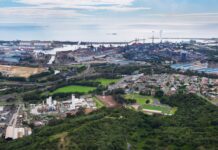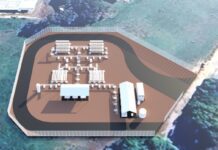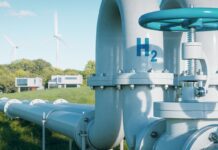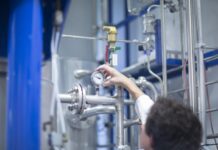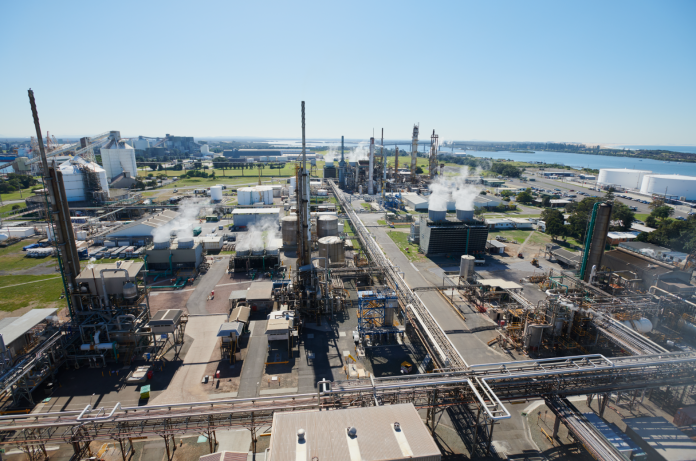
Media Release by Orica
Orica and Origin today announced a partnership to assess opportunities to collaborate on the development of a green hydrogen production facility, and associated value chain in the Hunter Valley.
Signing a Memorandum of Understanding (MoU), Orica and Origin will conduct a feasibility study into the viability of a green hydrogen production facility, or ‘Hunter Valley Hydrogen Hub’, and downstream value chain opportunities.
The feasibility study will assess ways an industrial hydrogen hub could enable use cases that support a meaningful green hydrogen industry in the Hunter Valley and beyond. This includes the supply of hydrogen for heavy industry and transport, conversion into green ammonia at Orica’s existing Kooragang Island manufacturing facility, blending hydrogen into natural gas pipelines, and the potential to stimulate Australia’s hydrogen export industry.
Green hydrogen, produced via electrolysis using renewable electricity sources, has emerged as a potentially significant enabler of Australia’s transition to a lower carbon economy. The proposed hub would produce green hydrogen from recycled water sources and renewable electricity, using a grid connected 55MW electrolyser.
The partnership brings together two leading organisations in the local energy and chemical sectors. Both organisations are committed to leveraging an existing portfolio of renewable generation assets, accessible land, infrastructure including ammonia manufacturing, storage and distribution facilities, and teams with extensive operational and commercial capabilities.
Orica Chief Executive Officer Sanjeev Gandhi said:
“We’ve been operating our Kooragang Island site for over 50 years, and are committed to ensuring both our manufacturing facility and the Newcastle region remain competitive in a low carbon economy, while also strengthening Australia’s domestic manufacturing capability.
“We support both the Federal and New South Wales Hydrogen Strategies, and this partnership will allow us to define opportunities and ways we can contribute to a more sustainable future for the region.
“This partnership aligns with our corporate strategy and our ambition to achieve net zero emissions by 2050, and our target to reduce our scope 1 and 2 operational emissions by at least 40 per cent by 2030. By partnering for progress, we can drive sustainable change and achieve our decarbonisation ambitions, together.”
The project marks an important step in transitioning Orica’s business model towards a lower carbon economy. Exploring opportunities to diversify, Orica is committed to ensuring its Kooragang Island facility remains competitive in a lower carbon economy, while creating more sustainable products for customers and broader applications for industry.
The project builds on several initiatives to enhance the long-term sustainability of the site, including the recently announced Kooragang Island Decarbonisation Project and planned installation of an Australian first tertiary catalyst abatement technology for decarbonisation of nitric acid production. The $37 million project is designed to deliver up to 95 per cent abatement efficiency from unabated levels, reducing the site’s total greenhouse gas emissions by almost 50 per cent.
Other initiatives designed to improve the sites sustainability performance include the reduction of emissions from the prill tower of over 99 per cent, and switching the manufacturing facility to recycled water, an initiative that saves the Hunter region up to 2.9 billion litres of drinking water a year. In 2020, the site also completed a comprehensive program of works to improve the way ammonia is managed, including the installation of three ammonia flaring systems on site.




